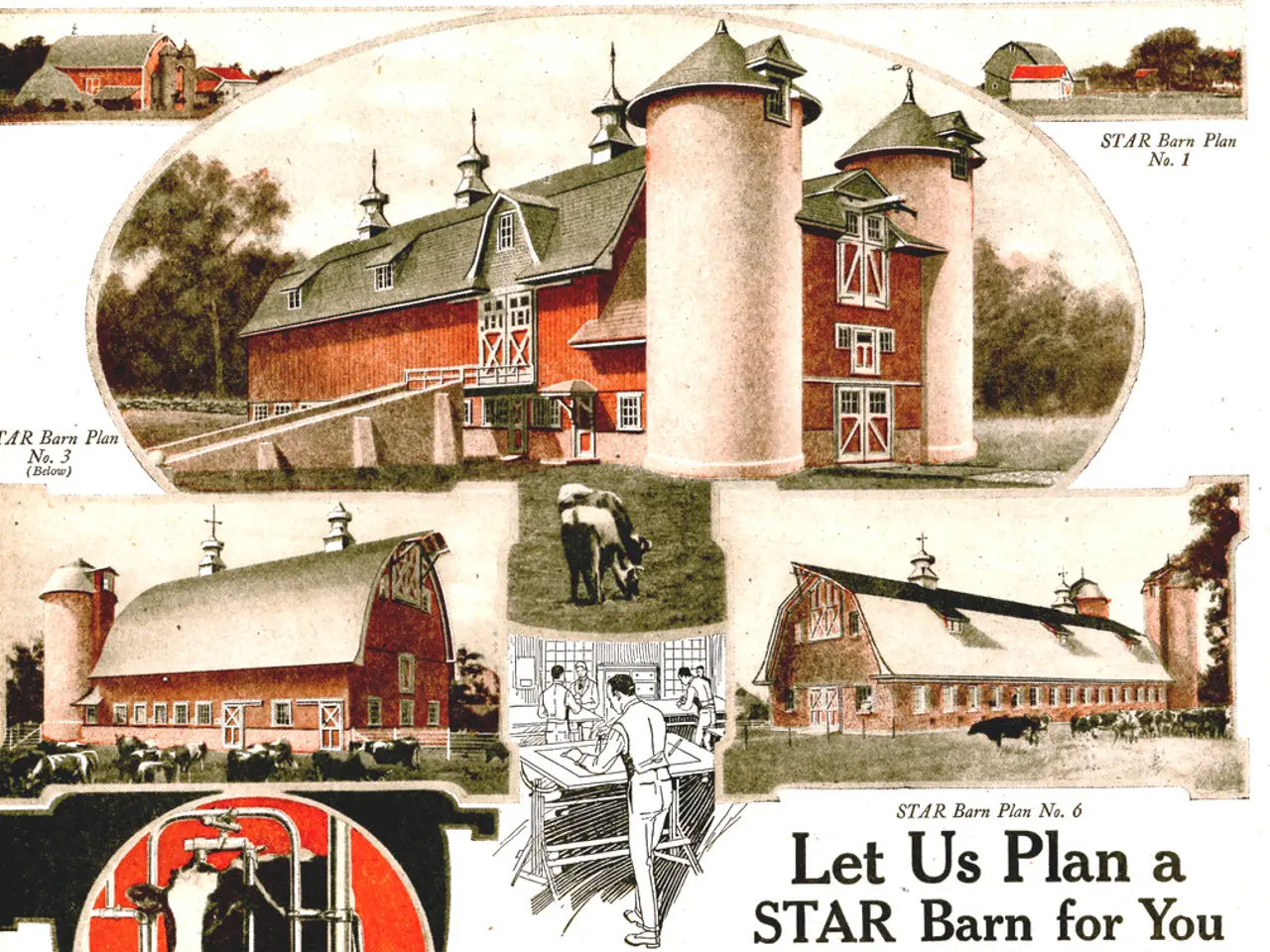Declining Numbers: The traditional Latvian cattle breeds are becoming increasingly rare
In the picturesque town of Dundaga, nestled in the heart of Latvia, lies the Jaunsnikēri farm, home to the historical Latvian cow breeds. The farm, owned by Jānis Zadiņš, has been a beacon for these unique cattle breeds for many years. However, the future of these breeds is now uncertain, as Zadiņš reconsiders whether to continue their breeding.
The reasons for this reconsideration are economic in nature, with a lack of export opportunities for organic products being one of the main factors. The decline in the number of Latvian brown cows is another concern, with the industry, subsidies, and the lack of recognition for the quality of milk or other exterior qualities of the animal being significant factors. According to Mārtiņš Cimermanis, head of the Rural Advisory Centre, the historical breeds of cows are a valuable genetic resource that deserves attention and preservation.
While the number of Latvian brown cows has significantly declined over the years, from around 44,000 five years ago to around 23,000 today, the number of blue cows remains relatively stable. There are currently around 700 registered blue cows in Latvia, bred on a total of around 200 farms in Latvia. One of these farmers is Svetlana Sarmule, a farmer in Slampe parish, Tukums municipality, who currently has a herd of 30 dairy cows, including around 20 Latvian blue cows.
Svetlana has been breeding blue cows for more than 20 years and takes great care of her herd. She milks all the cows and feeds the calves, with her neighbor occasionally receiving a liter of milk. Svetlana also makes butter and states that there is enough for all of her five children. Interestingly, Svetlana mentions that black-and-white cows require more minerals, trace elements, and vitamins compared to blue cows.
Farms that breed blue cows can receive support, with aid amounting to approximately €200 per animal. This support is not substantial, but it does help. Griezes farm, another participant in this program, also acknowledges the aid's limited impact.
The decline in the number of Latvian brown cows is a cause for concern, as they are also on the list of endangered farm animals, with around 20,000 registered animals. The specific names of farmers who registered Latvian Brown cows in Latvia in the last five years are not publicly available information.
Despite the challenges, the farmers who continue to breed these historical Latvian cow breeds remain hopeful. They see the value in preserving these unique animals and the genetic resources they represent. Aid for the conservation of genetic resources is a good national and European program, but it is not enough, according to Mārtiņš Cimermanis. The future of these breeds remains uncertain, but the dedication of farmers like Svetlana and Jānis Zadiņš offers a glimmer of hope for the preservation of these valuable genetic resources.
Read also:
- Proposal for a Worker Radiation Protection Directive Requested by Commission
- Sharply rising fatal accidents in Mainz 2025: A 144% surge in deaths - authorities plan to enhance safety for the elderly population
- Exploring the Digestive Benefits of Fermented Foods
- Senator Rasha Kelej welcomed Maldives First Lady at the seventh installment of the Merck Foundation's First Ladies Initiative Summit to discuss collaborative healthcare programs.




